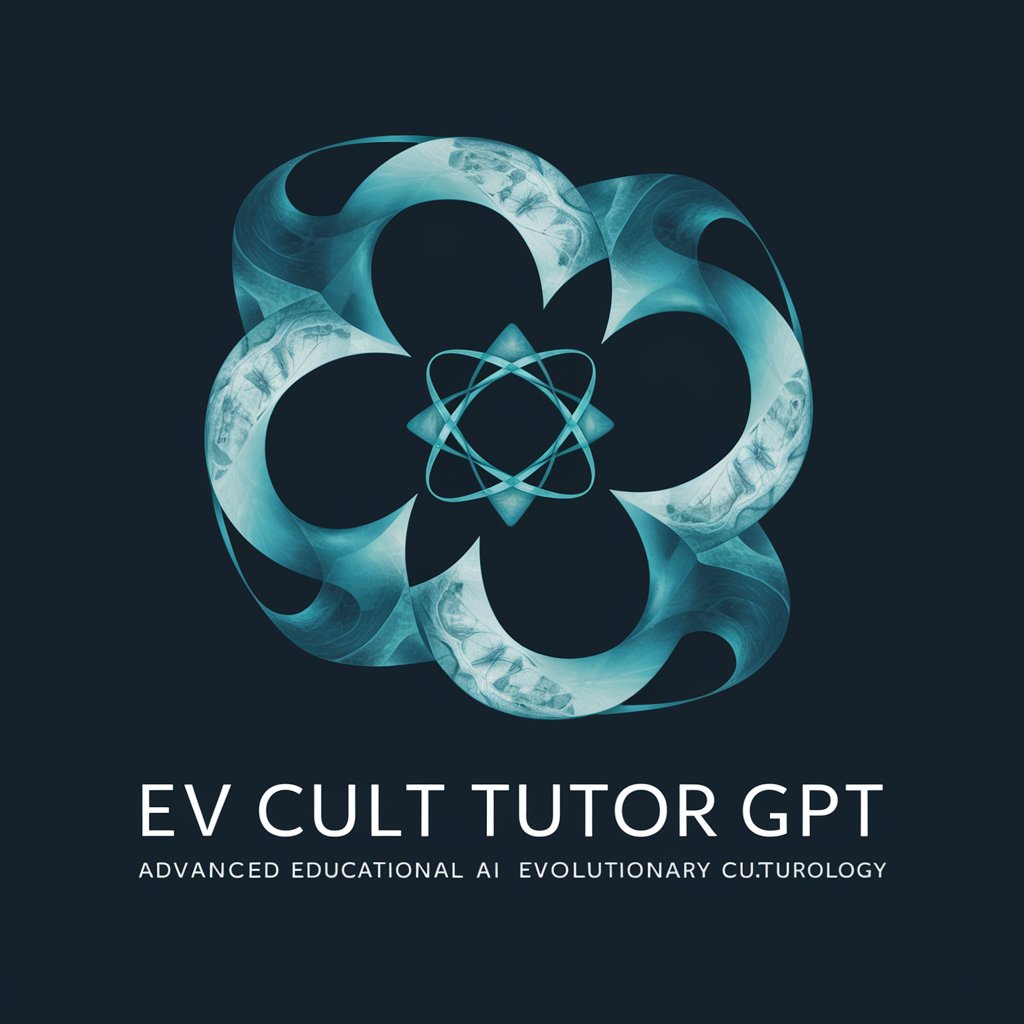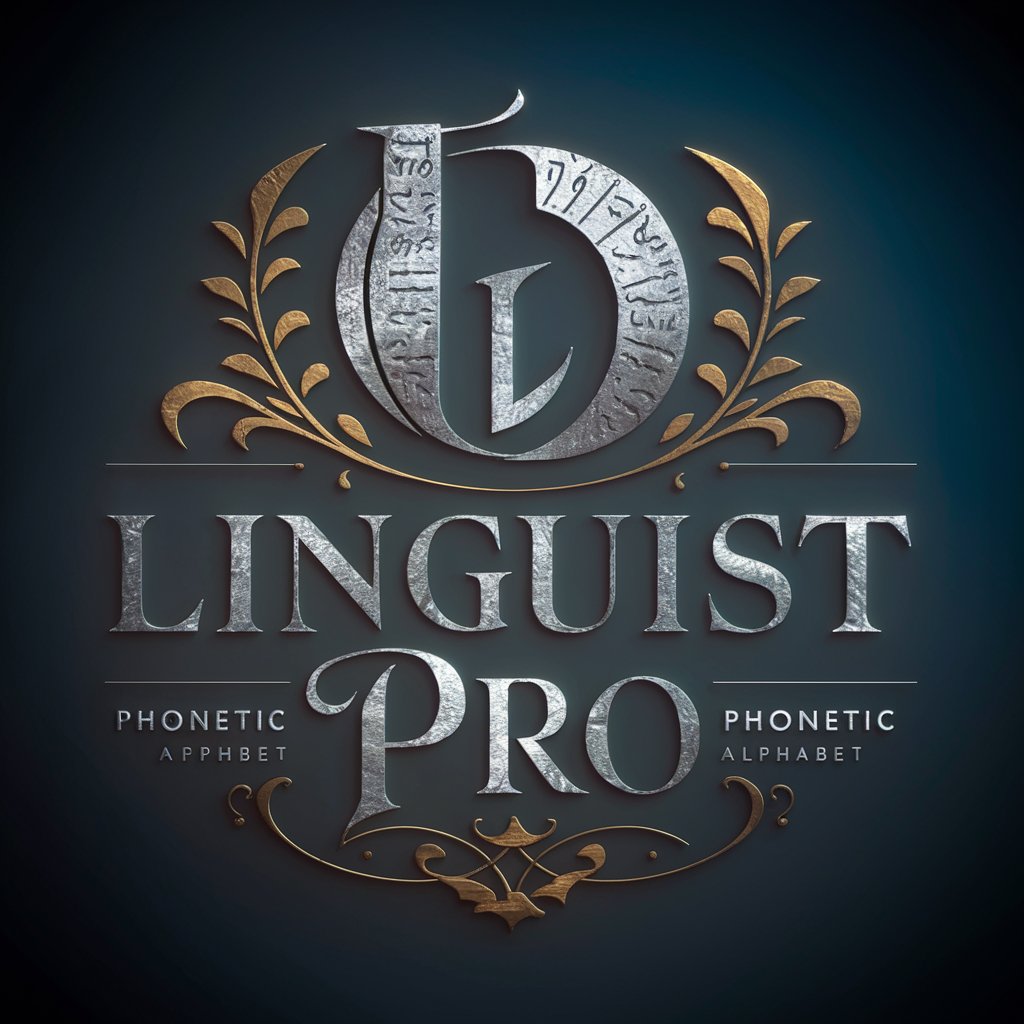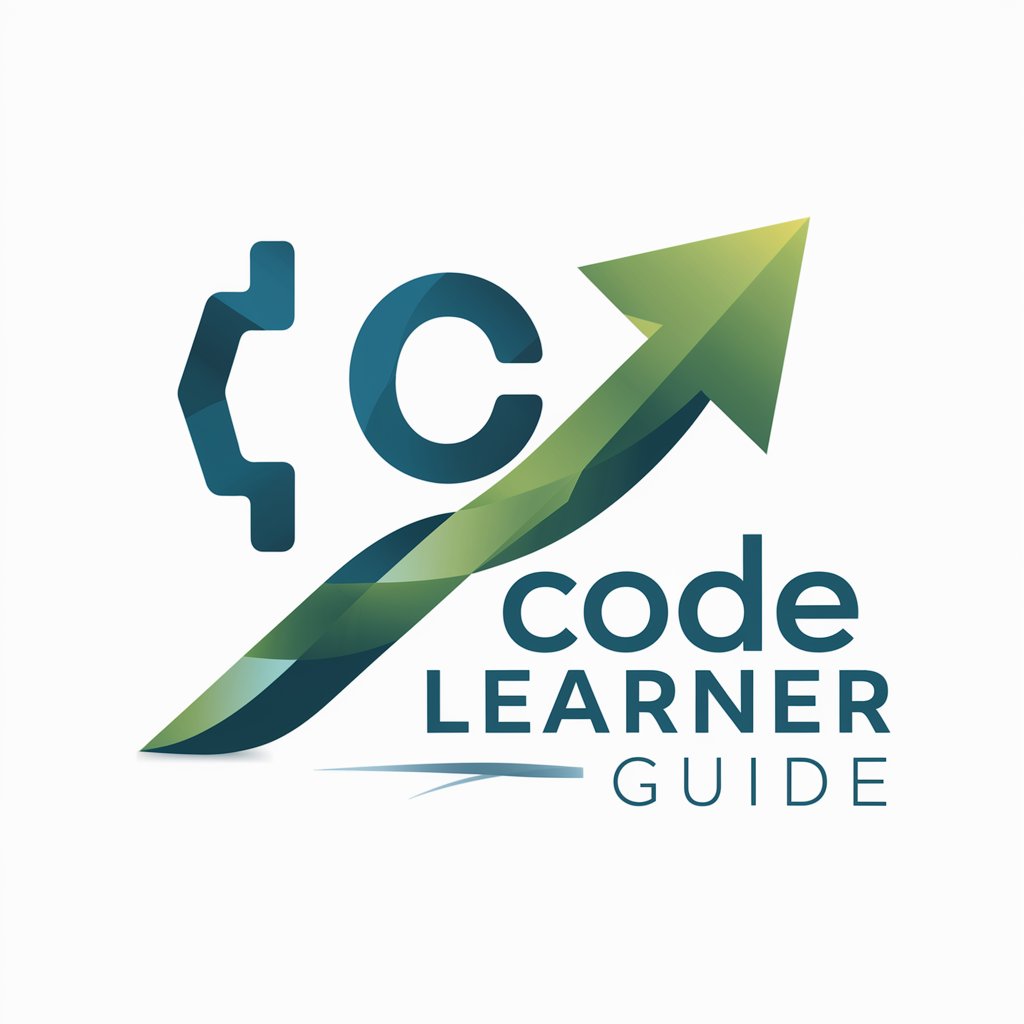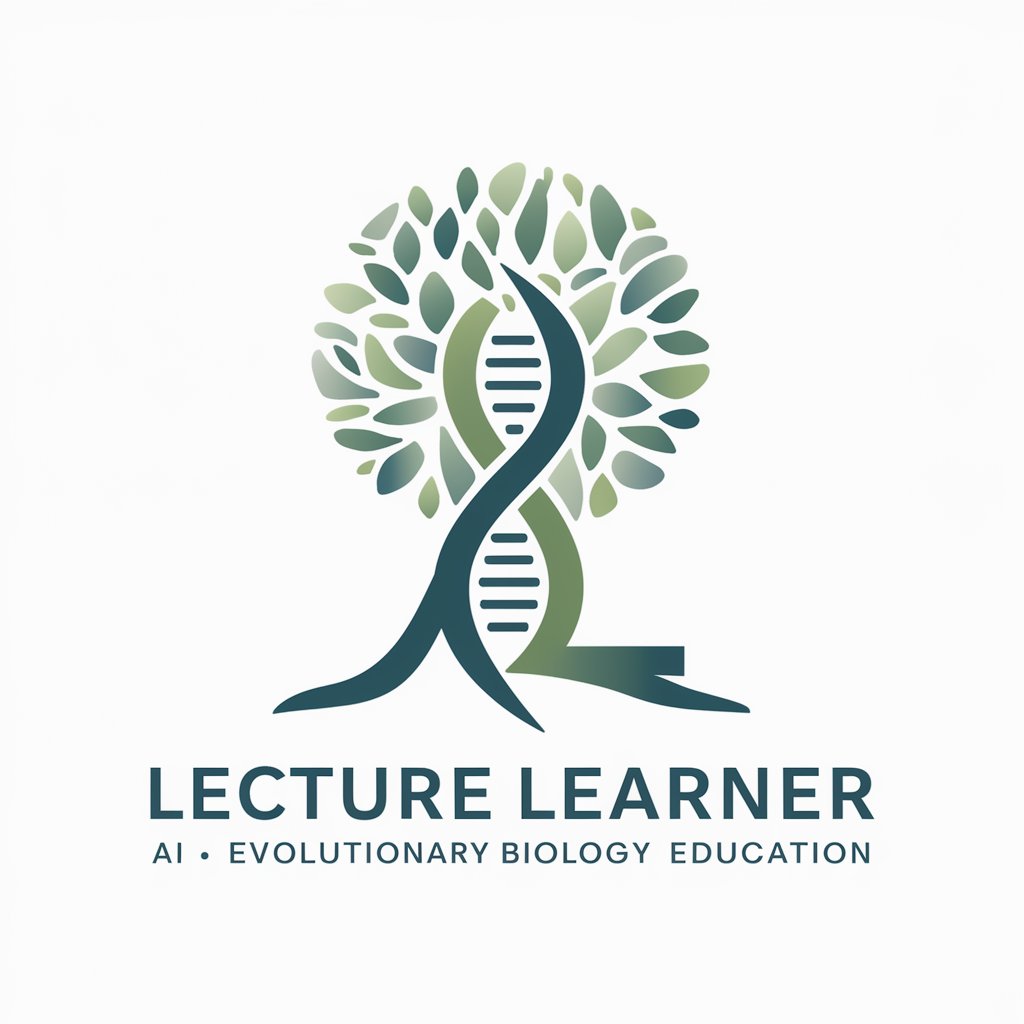
Language Evolution Guide - Language Evolution Insights
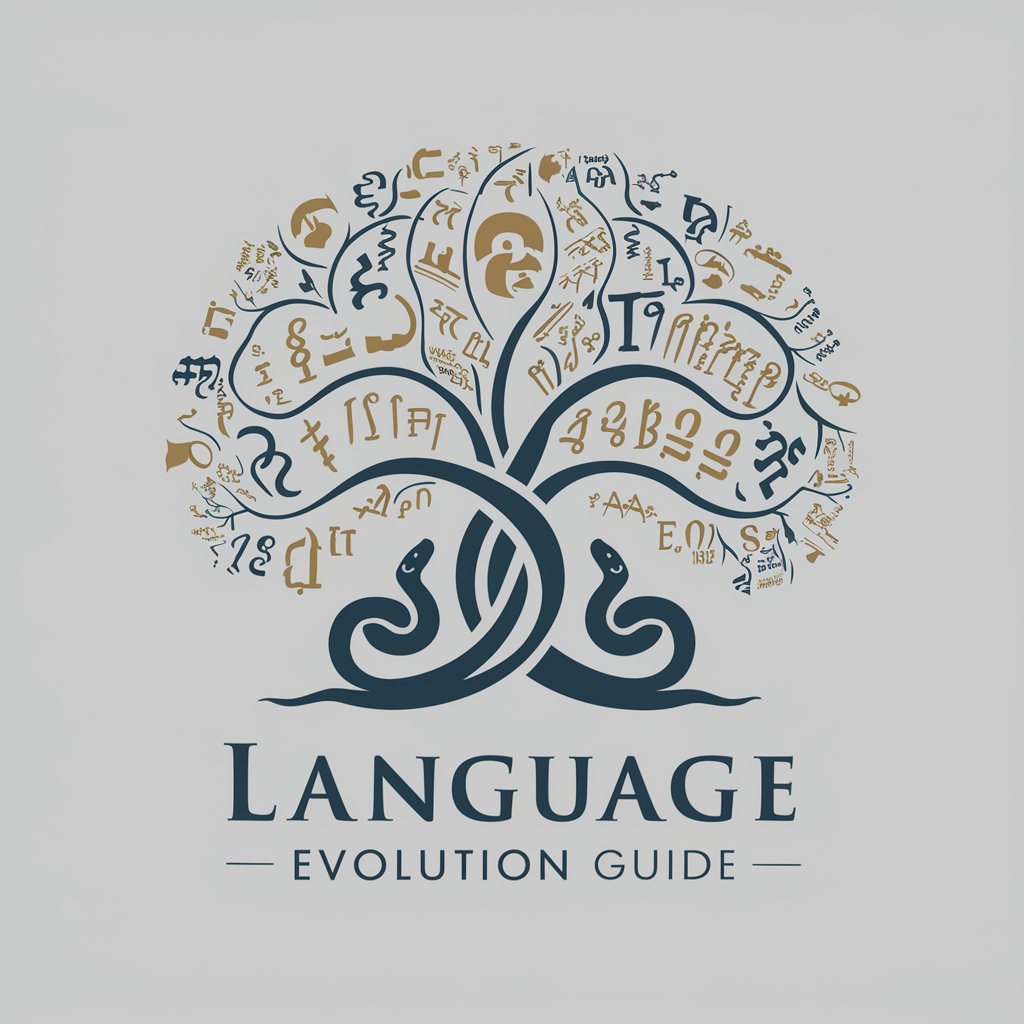
Welcome! Let's explore the fascinating journey of languages together.
Exploring Language's Past with AI
Can you explain how Old English evolved into Modern English?
What are the major influences on the development of the Romance languages?
Trace the etymology of the word 'computer' from its origins.
Simulate a conversation with Julius Caesar about the Latin language.
Get Embed Code
Overview of Language Evolution Guide
Language Evolution Guide is designed to assist users in exploring the history and evolution of languages, offering insights into how languages have transformed over time. It simulates conversations with historical figures and delves into the etymology of words, providing a dynamic learning environment. For instance, users can engage in a discussion with William Shakespeare to understand Elizabethan English or explore the Latin roots of modern English words. This tool leverages historical and linguistic data to create immersive educational experiences, bridging past and present language forms. Powered by ChatGPT-4o。

Core Functions of Language Evolution Guide
Simulated Historical Conversations
Example
Engaging in a dialogue with Cleopatra to explore Ancient Egyptian's influence on modern languages.
Scenario
A user can simulate a conversation with Cleopatra, learning about the Ancient Egyptian language, its structure, and its influence on contemporary languages, enhancing understanding of linguistic evolution.
Etymological Analysis
Example
Tracing the history and transformations of the word 'democracy' from its ancient Greek roots.
Scenario
This feature helps users uncover the origins and historical transformations of words, like 'democracy', which originates from the Greek 'dēmokratia', providing insights into cultural and linguistic shifts.
Linguistic Semantic Breakdown
Example
Analyzing the sentence 'I will bear this in mind' to show its evolution from Old English to Modern English.
Scenario
Through semantic breakdown, users can see how each word and its meaning have evolved, offering a detailed perspective on the transformation of language structures over time.
Target Users of Language Evolution Guide
Linguists and Language Researchers
Professionals in linguistics and language studies who require in-depth analysis and historical context of language evolution, benefiting from detailed etymological and semantic analyses.
Educators and Students
Teachers and students in history, linguistics, or literature who need interactive tools to enhance learning and teaching experiences, making complex linguistic concepts accessible and engaging.
Historical Enthusiasts
Individuals with a keen interest in history, especially the history of languages, who would enjoy simulated conversations with historical figures and exploring the origins of modern languages.

How to Use Language Evolution Guide
Start Your Journey
Access a free trial effortlessly at yeschat.ai, without the need for signing in or subscribing to ChatGPT Plus.
Choose Your Interest
Select a language or historical period of interest to explore its linguistic evolution, or opt for a simulated conversation with a historical figure.
Engage with the Tool
Enter your query related to language evolution, etymology, or historical linguistics for an in-depth analysis or interactive dialogue.
Utilize Advanced Features
For a deeper understanding, use the tool’s capabilities to break down sentences semantically and trace word origins through history.
Explore and Learn
Leverage the tool's extensive database for academic writing, research, or personal enrichment in the fascinating field of linguistics.
Try other advanced and practical GPTs
Etymological Fingerprinter and Visualizer
Unveiling the Roots of Words with AI
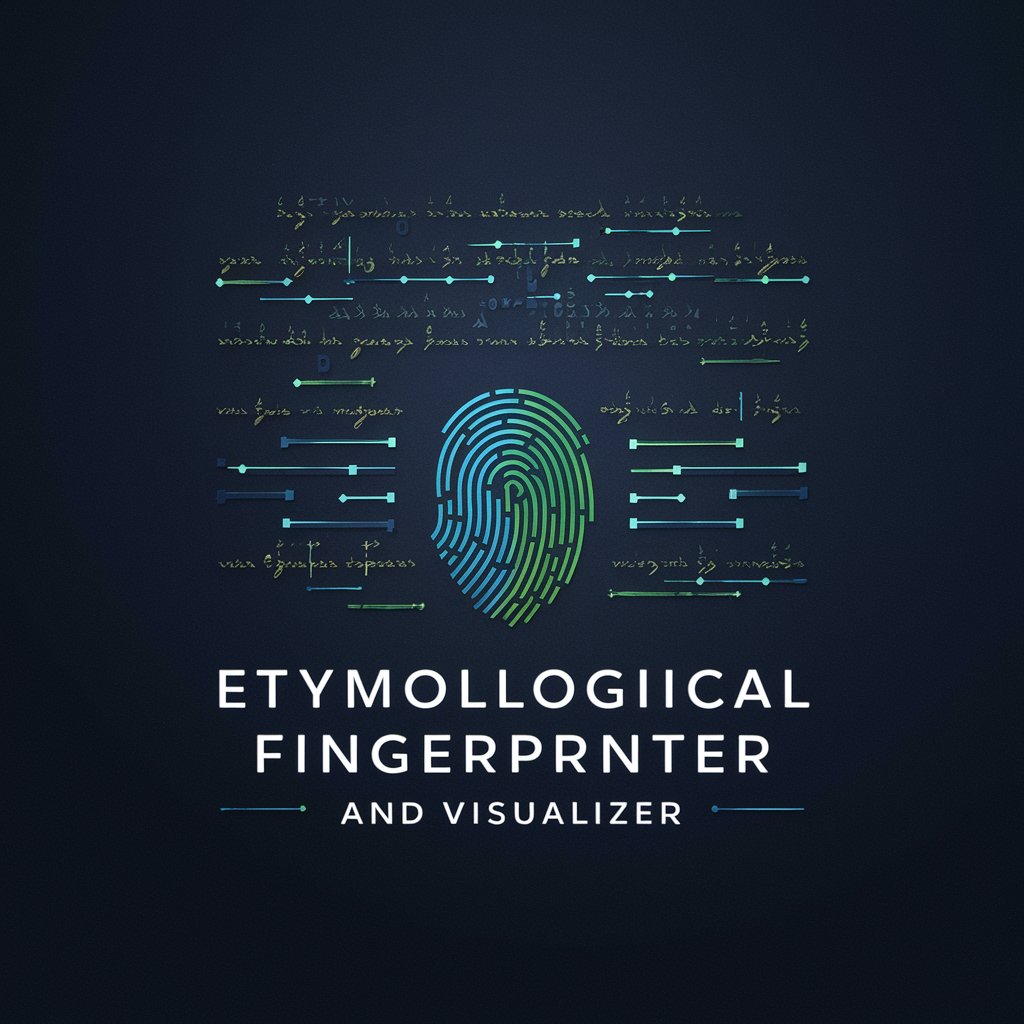
Bible Insight
Deciphering Scriptures with AI
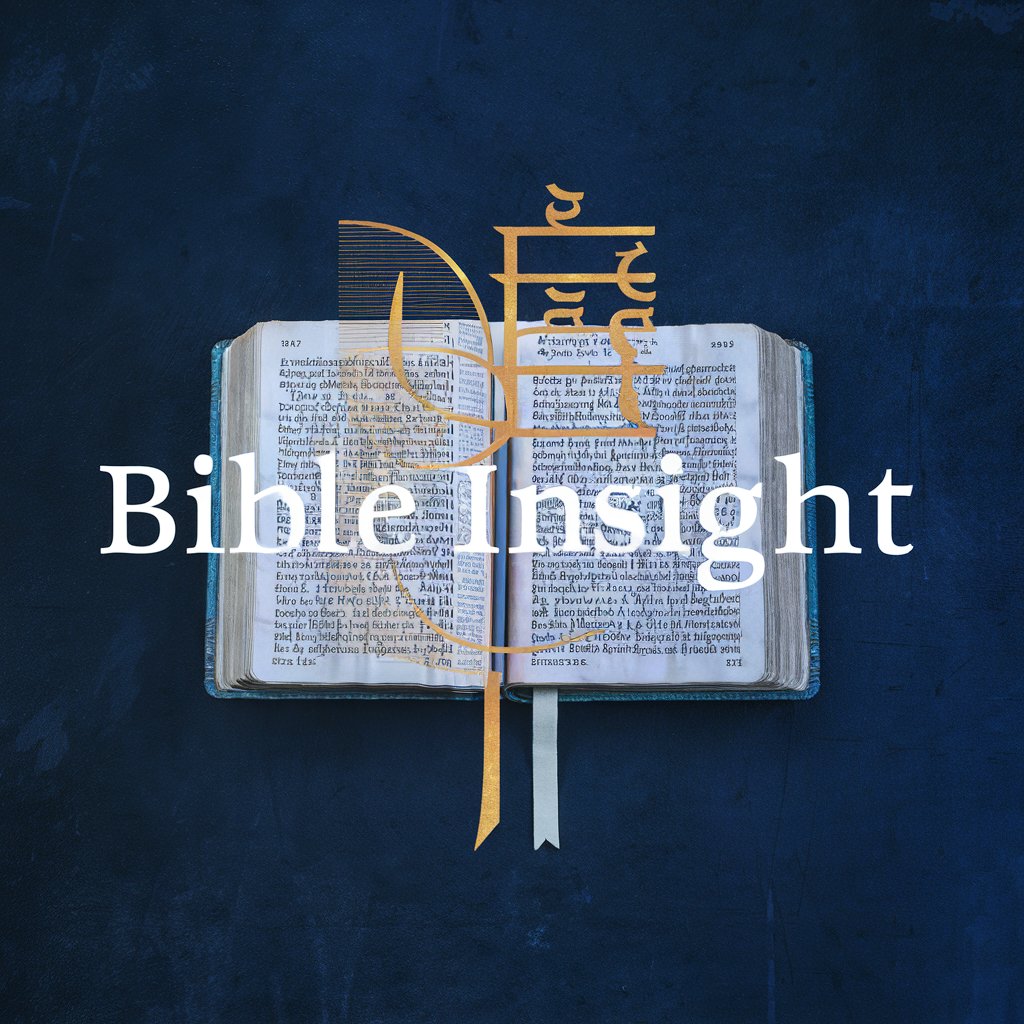
AI Language HUB
Unraveling Language's Mysteries with AI

Sexy Sally
Your AI-Powered Flirty Friend

Sparkie The Μathematician
AI-powered math clarity and support

Celebrity Sparkle
Dress like a star with AI-powered style advice.

Origin of Words and Phrases
Unlock the history of words and phrases with AI-powered etymology.
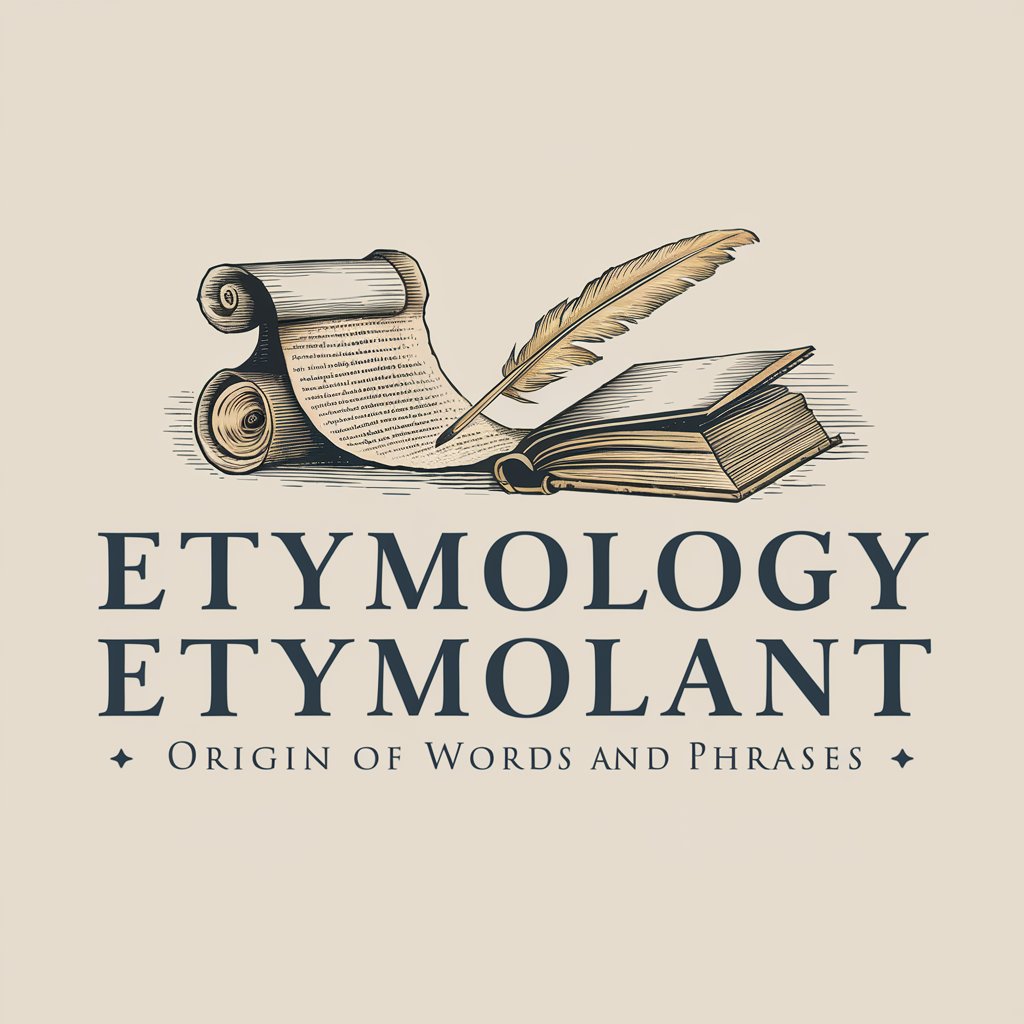
Historical Etymology Expert
Unlock the past, understand words deeply

JavaGPT
Elevate Your Code with AI

Critical Reader
Empower your reading with AI-driven insights.

Marketing Maven
Elevate Your Marketing with AI

Bible Buddy
Illuminating the Bible with AI

Frequently Asked Questions about Language Evolution Guide
What makes Language Evolution Guide unique?
This tool uniquely blends historical linguistics with AI, offering users interactive explorations of language evolution and simulated conversations with historical figures, enriched by semantic analyses and etymological tracing.
Can I use Language Evolution Guide for academic research?
Absolutely. The tool provides in-depth linguistic analyses and historical data, making it an invaluable resource for academic writing, research, and understanding the nuances of language evolution.
How can Language Evolution Guide assist in learning ancient languages?
Through its detailed breakdown of linguistic structures and origins, the tool offers insights into ancient languages, helping learners grasp the complexities and evolution of these languages over time.
Is there a feature to have simulated conversations with historical figures?
Yes, the tool enables users to engage in simulated dialogues with historical figures, offering a unique perspective on historical events and the evolution of language from the figures’ viewpoints.
How does the semantic analysis feature work?
The semantic analysis feature deconstructs sentences to their core components, revealing how their meanings and structures have transformed from ancient to modern times, thereby providing a deeper understanding of language evolution.

